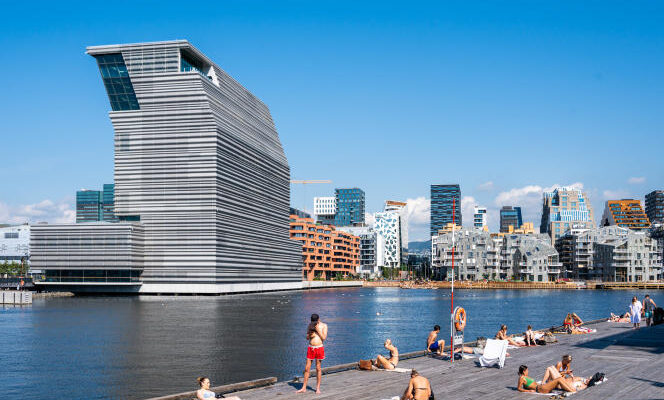SReleased in France in 2012, the film by Norwegian director Joachim Trier features a thirty-year-old emerging from drug treatment. For twenty-four hours, Anders wanders in Oslo and goes from meeting to meeting. He lost the will to live. His best friend just had a child, his girlfriend left him. Anders slams the door for a job interview. In the evening, although abstinent, he drinks a first drink in a party populated by sores. He goes quickly to his dealer and joins acquaintances in a club, before dawn. The end of the trip takes place in a park. The next day is the 1er september. Open-air pools will be emptied. For now, they bathe in it – all except Anders.
Oslo, August 31 is the second adaptation of Will-o’-the-wisp by Pierre Drieu la Rochelle, a 1931 novel, after that of Louis Malle, in 1963. It is the story of a man struggling with emptiness, magnificently embodied by Anders Danielsen Lie, whose face reflects the torments, despite the grace of a smile. “During filming, I tried to stay in this ‘mood’, since everything takes place in one day. It had rained a lot that summer and the trees were lush”he recalls.
When we watch him cross Oslo in the film, many characteristic places of the Norwegian capital escape us. You can’t see the royal palace, the fjord, the brutalist town hall or, of course, the new districts of Bjorvika – they didn’t exist twelve years ago. Seen from afar, the skyline ultramodern buildings evoke a barcode, hence its name “Barcode project”: culminating at different heights, each building is separated by a strip of land. This sector continues to transform with the erection of the new Munch Museum alongside the iconic Norwegian National Opera, sparkling like an iceberg since 2008.
“More interesting and cultural”
“Oslo has changed a lot”assures Joachim Trier, who has devoted a trilogy to his city – with, besides Oslo, August 31, New dealhis first feature film in 2006, and Julie (in 12 chapters)whose interpreter Renate Reinsve received the Best Actress Award at Cannes, in 2021. “My country started producing oil in the 1970s. Since then, the capital has become much more interesting and cultural. Expansion continues », he rejoices. Of course, Oslo is all about water. The recent Havnepromenaden (“harbour promenade”) winds for 9 kilometers: it serves the old docks, the medieval fortress of Akershus and the trendy quay of Aker Brygge, with the new National Museum and that of contemporary art Astrup-Fearnley . Facing south, the walk is comforting even in winter, when the sun low on the horizon dazzles.
You have 44.52% of this article left to read. The following is for subscribers only.
